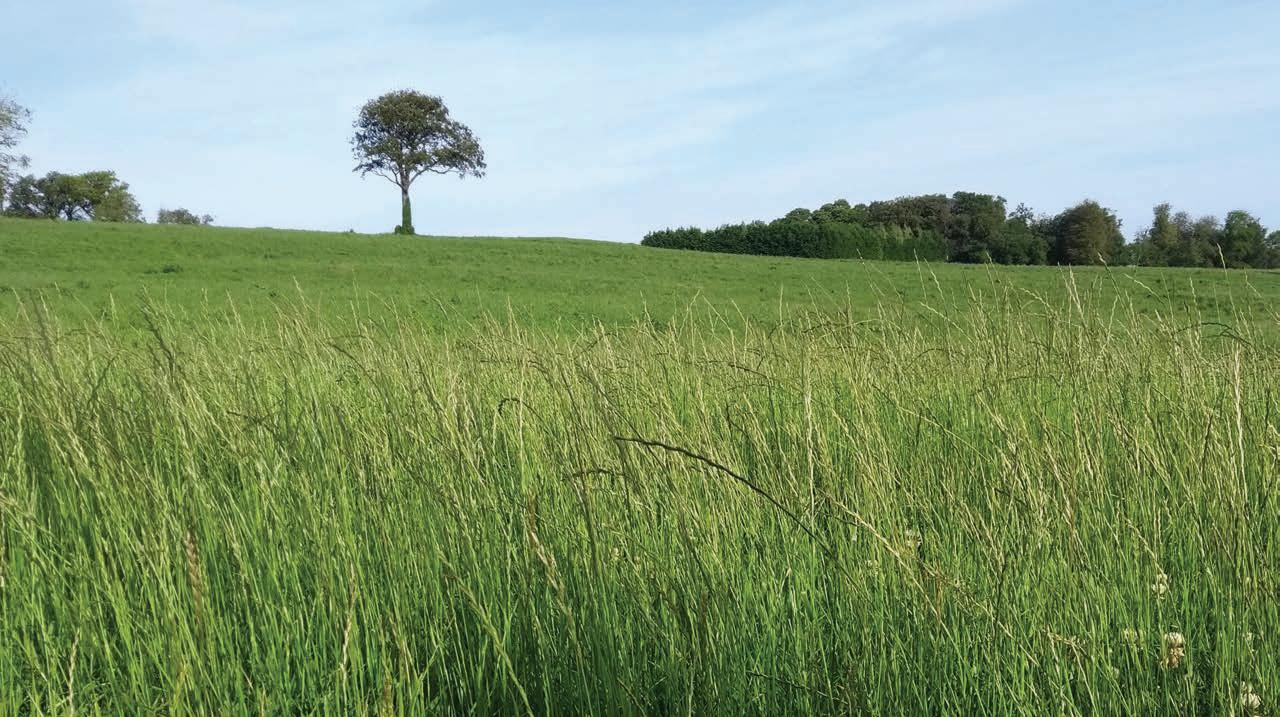TEAGASC ezine / 04
WOOD FIBRE IN GROWING MEDIA WEBINAR
HORTICULTURE WEBINARS
Throughout the period of Covid-19 restrictions, the Teagasc Horticultural Development Department has supported the development of horticulture sectors by developing and hosting a series of technical webinars. These webinars feature keynote speakers, panel discussion, live polling and Q&A sessions from the audience. Many of the webinars incorporate the themes of the International Year of Fruit and Vegetables, focusing on sharing and developing knowledge on quality improvement, productivity and sustainability in fruit and vegetable production. Vegetable webinar topics have included carrot fly, clubroot and weed control in vegetable crops and sustainable soil health, while fruit topics have included latest advances in light supplementation, integrated pest management and protective cropping structures. Webinars on nursery stock production have focused on pest, disease and weed control amongst other topics. To register for upcoming webinars or to access previously recorded webinars on the Teagasc website, scan the QR code above. ✽
Teagasc recently hosted a webinar exploring wood fibre use in growing media. Dr Brian Jackson, Associate Professor and Director of the Horticultural Substrates Laboratory at North Carolina State University is an expert in the area. He is familiar with our sector, having visited Irish and European growing media facilities on a number of occasions. Dr Jackson discussed the different wood fibre processing systems and the characteristics of the fibre produced. Conifers produce more useful wood fibre than broadleaf trees as there is better chemistry and stability. The species of conifer is of less importance than the processing method. To meet domestic consumer expectations some media producers are dying their wood fibre from blonde to black. Issues of uniformity, shrinkage, slumping and water retention are well established and Dr Jackson highlighted some of the methods used to overcome these challenges. Wood fibre in Ireland is produced from small roundwood and wood residue. Combined with post consumer recovered wood (PCRW) and tree tips from harvesting, these are also used for wood energy. COFORD has estimated the output of wood fibre available for production in2021 to be 2.2 million m³, rising to 3.9 million m³ by 2031. The webinar is available to watch on the Teagasc YouTube channel. Dr Brian Jackson discussed the fundamentals of wood fibre production and its use in growing media. ✽
TEAGASC IMPROVE APHID MONITORING INFRASTRUCTURE FOR HORTICULTURAL AND TILLAGE PESTS In June 2021, Teagasc will complete the construction of a 12.2m high insect suction tower at Ashtown Research Centre in North Dublin. Similar towers have already demonstrated useful early detection or changes to populations of Willow Carrot Aphid and Peach Potato Aphid aphids specific, to horticultural crops. This tower will be the third of three 12.2m permanent towers, the others are already constructed and operational in Carlow and Cork. This suction tower network is based on a design from Rothamsted Research Aphid Monitoring Network, which is the longest running insect experiment in the world. These
8
towers will allow us to build a better understanding on the impact of climatic conditions on aphid movement and the epidemiology of viruses associated with aphid vectors. Work from Rothamsted in the 1970s indicated that the aphid catch in each suction tower is reflective of the aphid catches from
HORTICULTURECONNECTED / www.horticultureconnected.ie / Summer 2021
approximately 80 km diameter around the tower. Therefore, the network will allow us to make observations, which cover much of the East, South-East and South of Ireland, covering much of the horticultural activity in Ireland. In addition, several mobile towers have been purchased and can be extended between 2m to 6m in height. These will be used to monitor on-farm locations as need arises. This infrastructure will help to build our understanding of aphid ecology in Ireland and ultimately will allow the development of better knowledge transfer to the horticultural sector in Ireland. For more information, please contact Michael. Gaffney@Teagasc.ie ✽




























